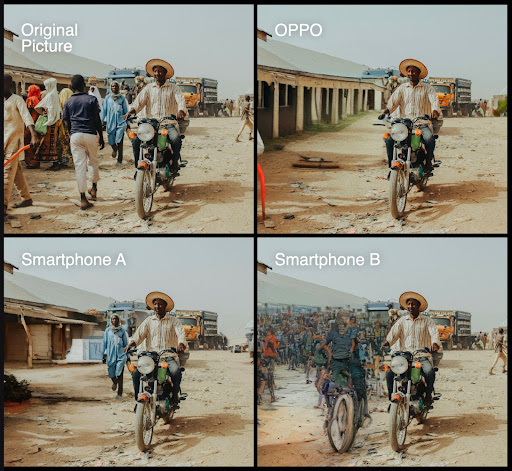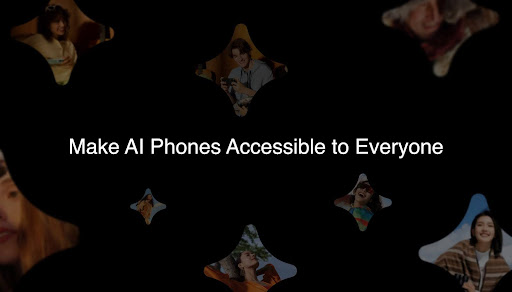We’re in an AI age, now — and there’s no going back. And, while there are naturally concerns about humanity’s future in an age where generative AI can write a book in an instant or create an image straight out of our wildest dreams, it remains fascinating to observe from the sidelines.
This wave has also swept through the hardware sector. Over the past year, we've seen a plethora of novel yet slightly quirky AI gadgets. However, as these devices transition from concept to reality, the idea of AI gadgets replacing smartphones seems a distant future. At least for now, everything these AI gadgets can do, smartphones can do too.
Therefore, there's no immediate need to chase the latest trend by acquiring these new gadgets. At least in the short term, smartphones are the ideal devices to access and utilize mobile AI. Here’s why your smartphone is the key to your AI future.
Even smarter choice
AI is nothing new, but generative AI, which helps you create images, videos, or even whole paragraphs of text that sound as though a human wrote them, is more recent, and here to stay. As technology advances, generative AI is progressing towards multimodal capabilities.
Whether it's ChatGPT's GPT-4 or Google’s Project Astra, the ability to understand and process multiple modes of information seems poised to be the next significant arena for AI development. When we consider the devices around us that best harness multimodal abilities, smartphones emerge as the frontrunners, it’s impractical to carry a laptop with you 24/7, and your smartwatch isn’t equipped to constantly record and respond to your surroundings. Only smartphones allow you to interact with your generative AI through voice, text, and even images.
These tasks traditionally require a lot of processing power, either through on-device processing as seen with powerful handsets, or through cloud-based interfacing. The option to do either or both is something inherently phone-centric because your mobile offers a constant 4G or 5G connection, as well as plenty of power under the hood.

As OPPO recently noted at its AI Strategy Briefing, smartphones are the most popular personal gadgets ever created, with billions of users worldwide. AI on phones is easier to get to grips with because these are devices we’ve carried in our pockets for years, and as the features are added, it’s a new layer to what we’re already using - as opposed to an AI pin or similar.
Getting things done
When discussing the plethora of novel AI gadgets hitting the market, a common criticism is that they often feature futuristic-sounding capabilities that, in reality, provide little practical value.
However, the integration of generative AI with smartphones is a different story, offering truly valuable functionalities that enhance user experience.
Take OPPO's AI Eraser as an example—where previous erasing functions merely covered unwanted items with simple smudges, AI Eraser harnesses high-precision visual recognition, image segmentation, and generates extremely large image technologies. It can identify over 120 types of subjects, including people, pets, phones, flowers, trees, and buildings, achieving hair-level separation with generated content that blends seamlessly with the original photo.

AI Eraser exemplifies how generative AI is revolutionizing creativity. With capabilities like multimodality generation and motion generation, smartphones are now equipped with enhanced photo editing and personalization features.
Clearing a bystander from your family photo with a tap is one thing, but asking an AI to change the color of an item of clothing, or put a stylistic spin on an image is also possible - and the same goes for video.
Moreover, generative AI can also assist in crafting social media posts and captions directly from photos. It can even generate visuals from text descriptions, ideal for storyboarding and creating mockups.
Beyond creativity, generative AI significantly boosts productivity. Imagine snapping a photo of a lengthy document with your camera and receiving a concise summary within seconds, or drafting an email that sounds exactly as if you wrote it, all in a flash.

And here’s the kicker: AI in smartphones is becoming a big deal faster than you might think. Take OPPO for example—they’re setting up 50 million users with AI-smart smartphones by this year moving towards having super cool AI features that everyone can experience. This step is huge—it shows just how fast AI tech is moving and that it’s about to make our smartphones not just smarter, but also more creative and helpful in our everyday lives. So, let’s gear up for a future where our phones are more than just phones—they're our creative partners, our maths tutors, our photography assistants, essentially whoever we need them to be.







